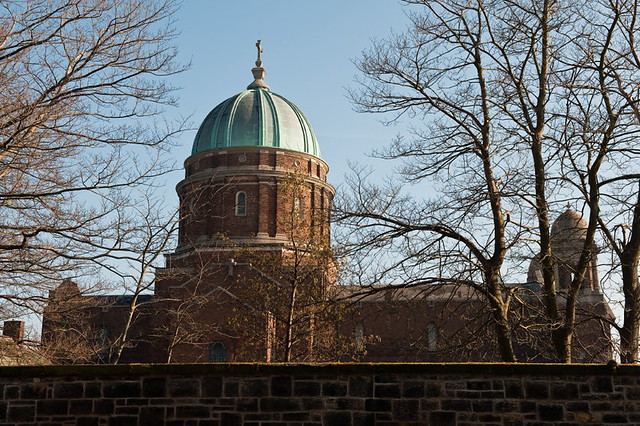
I love the Tridentine Liturgy of the Traditional Latin Mass (as I have stated many times!) And when Roger and I lived in Liverpool, we were close to the new Apostolate of the Institute of Christ the King, Sovereign Priest in nearby New Brighton.
We would often travel across the Mersey to Holy Mass, to that vast copper domed chapel, dominating the skyline and commonly known as the ‘Dome of Home’ – being the first sight sailors would see when returning home to Liverpool.
After Holy Mass, I would kneel at the communion rail, at the very edge of the sanctuary, gazing up at the Tabernacle.
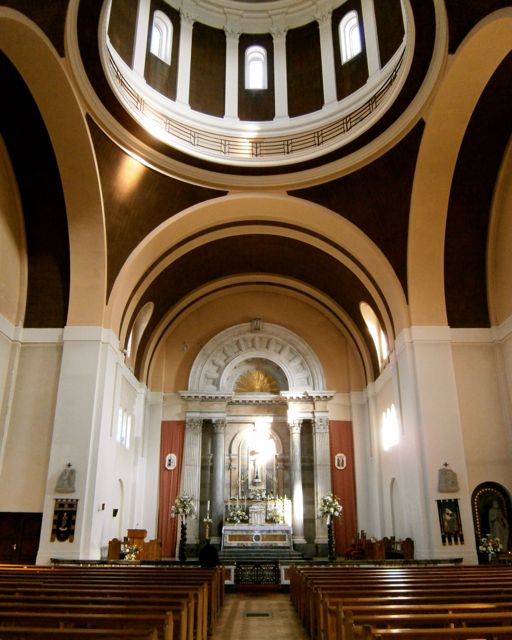
For that sanctuary, unlike so many after Vatican II, had never been destroyed. Not only the railing but the altar was intact. There, within that sanctuary, it was like Heaven. It felt full – full of grace.
It was as though angels dwelled there, remaining present, due to the beautiful graces bestowed through the celebration of the Tridentine Liturgy. Whenever I knelt there, I experienced this fullness and felt deeply blessed. Then, sadly, I had to say goodbye.
For we were leaving Liverpool, returning to Ireland. And whilst I am extremely happy once again to live on the Emerald Isle, I now feel liturgically bereft. For the Tridentine Masses offered within our reach are few and far between. And, Roger and I are daily Mass goers.
Yet, I am thrilled with a new development in my life. For I am again in touch with the Institute of Christ the King, now monthly in Belfast. I sing Gregorian Chant in a small choir, for their monthly Mass there.

It is so special for me to partake in the singing of the Tridentine Liturgy. High up in the choir-loft looking towards the Tabernacle, I truly sing these beautiful prayers to our Lord. And with this, my heart deeply connects to Him.
It is profoundly nourishing and uplifting – like balm to my soul …
So how did I first discover this beautiful liturgy? (Because I was raised in an atheist household, only confirmed into the Catholic Church at Easter 2000!)
Paradoxically, my Father had a passion for sacred music, all of which was beautiful and much of it, Catholic.
Therefore, as a child I was surrounded by the musical compositions of Giovanni Pierluigi da Palestrina, Orlando Lassus, Guillaume Dufay, William Byrd and Thomas Tallis, to name some favourites of his. Many of these compositions were Holy Masses.
I also grew up playing classical and sacred music. All of this shaped and formed my young soul, I believe, to the sensitivities of the Sacred Liturgy.
Then, in 2002, living in South Wales, having been a Catholic for just two years, I discovered the Traditional Latin Mass. Unbeknown to me, my parish church held the monthly and (at that time) only Latin Mass in the whole of Wales.
It had been unbeknown, because it was not publicised. For this was long before Pope Benedict XVI had issued the Motu Proprio, Summorum Pontificum, in 2007.
But it was after 1988, when Pope St. John Paul II released his Motu Proprio, Ecclesia Dei. This once again allowed the celebration of the Tridentine Latin Mass. But only under the authorisation of the bishops, many of whom were not at all in favour of it.
Therefore, on the whole, the Bishops continued to suppress it. And the parish clergy followed suit. Hence, it was not publicised. Those who longed for the Traditional Latin Mass were simply ’in the know’, so to speak. I discovered it quite by accident.
Held on Our Lady’s Saturday, the first of the month, I began to attend this Tridentine Mass in our parish church. I will never forget my first experience of that incredible Liturgy. The Holy Mass made sense to me in a way it never had before.
Rather than gazing into the face of a man (as I was used to in the Novus Ordo), the priest faced the tabernacle to the East, with the congregation. This meant that together, we all looked towards God. All prayers therefore, were spoken to the Lord, truly present in His tabernacle and symbolised by the Easterly direction – the place of the rising Sun representing the Resurrected Lord.
The Liturgy was enhanced by the priest’s beautiful vestment, upon which we gazed. This vestment, symbolising Holy Church, emphasised the anonymity of the priest, whose face we could not see. Thus, the priest and his vestment, represented Christ and His Holy Church. And with that, it felt to me that each of the faithful present, were somehow carried and contained, with the priest, beneath his vestment. And through the beautiful Liturgy, he led us together, as a community, towards the Lord.
It was as though Holy Church was providing a vehicle, represented by the priestly vestment. And by means of the Sacred Liturgy, Christ, through his representative, the priest, drove us together, towards and into Himself.
This provided for me, a deep experience of unity – a unity I find lacking in the Novus Ordo Mass. For this type of unity seems to arise from the use of the full Tridentine Liturgy, prayed in the ancient language of the Church, Ecclesiastical Latin.
And through this language and liturgy, together as a congregation, we are enabled to dive into the greatest of mysteries, allowing ourselves to be carried by Holy Church to Our Lord, the Divine Healer of our souls.
Consequently, at that first Traditional Latin Mass, I felt held and soothed and healed in a deeply wholesome way. It was as though my whole being, mind, body and soul were supported and carried, whilst my spirit soared to the heights. And as I say, Holy Mass now made profound sense to me, as it never had before.
Buying Books at Amazon Through These Links Gives Us a Commission. This Supports Our Apostolate. Thank You if You Can Help Us Like This!

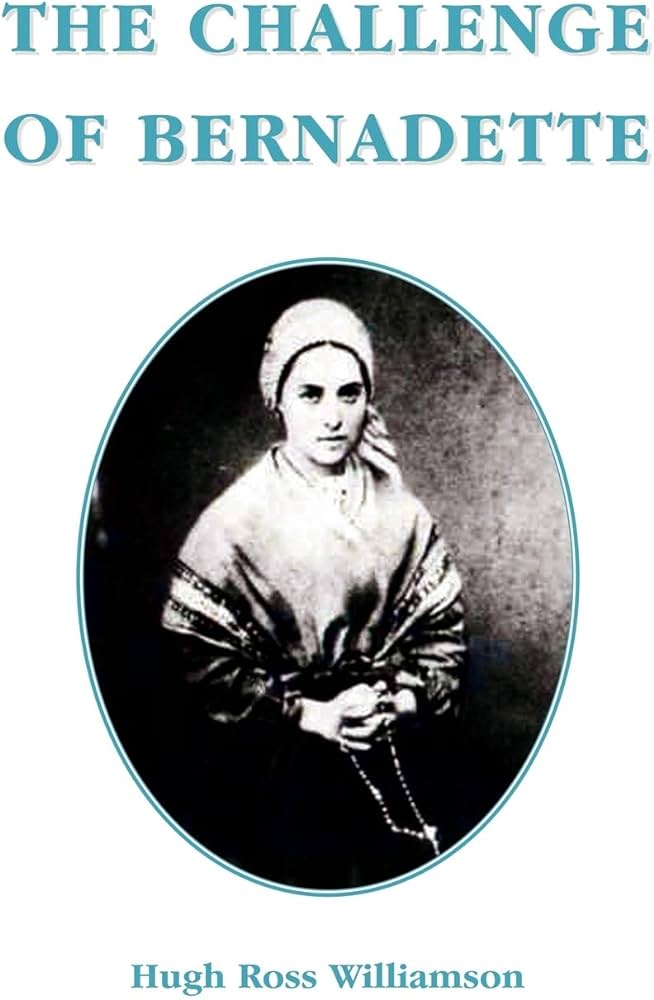

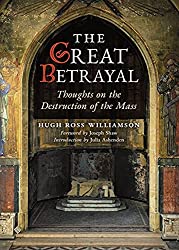


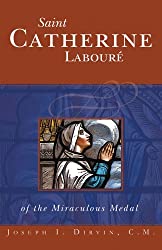
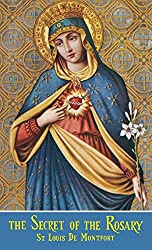
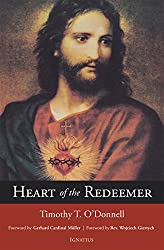
Comments
comments are currently closed
3 responses to “The Tridentine Mass: Balm to My Soul”
I’m so happy that you found the Mass again. I have much in common with you as I also attend a Insttute Oratory Chapel in New Jersey USA plus I have recently joined the choir
Eileen Colby
Thanks again, Kim. I always love your posts. Will you and Roger say a prayer for me.
[…] the Institute of Christ the King Sovereign Priest reside and celebrate the Sacraments in the Tridentine Latin Rite. It was the Feast of the Sacred Heart of Jesus and Monsignor Schmitz, Vicar General of the […]